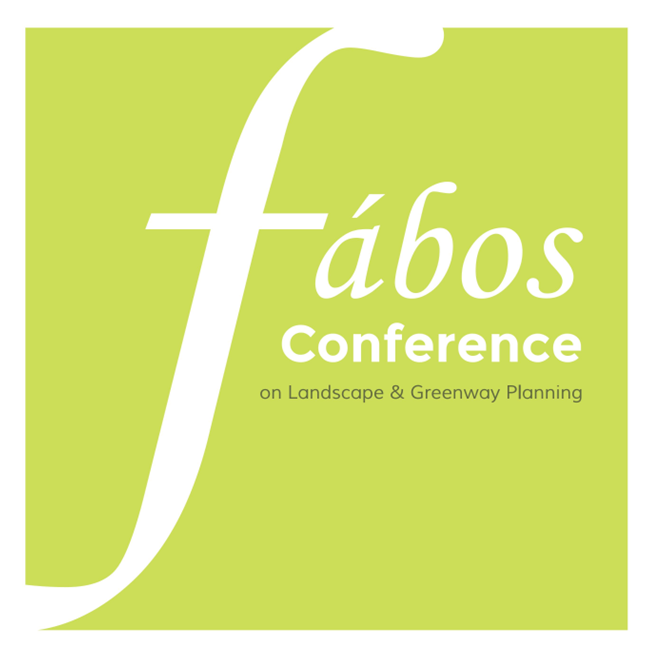Utilizing Phytotechnologies: Redesigning Abandoned Gas Stations
- Matt Hisle (University of Massachusetts-Amherst, Landscape Architecture and Regional Planning)
- Frank Sleegers (University of Massachusetts-Amherst, Landscape Architecture and Regional Planning)
Abstract
Hazardous pollutants that exist in contaminated soils represent a threat to human, animal, and environmental health if left unmanaged. Phytoremediation in the U.S. was generally named and formally established in the 1980s and applied as an alternative method using plants to cleanse contaminated soils on site in a more economically and environmentally friendly way than removing contaminated soils off site. High expectations and mixed performances with failures outnumbering successes led to a crash of phytoremediation with a decline in environmental research funding by the early 2000s. “Phyto”, a book by landscape architects Kennen and Kirkwood (2015) recently reintroduces the subject with a more approachable set of planning, engineering and design tools. One commonly occurring site with a history of perpetuating contaminated land is the abandoned gas station. Abandoned gas stations are highly visible in the landscape and if soils are contaminated then remediation costs can hinder redevelopment. The focus of this paper is the redesign of abandoned gas stations through phytotechnologies by applying and expanding Kennen and Kirkwood’s (2015) framework.
Keywords: greenways, phytotechnology, phytoremediation, gas stations, redesigning
How to Cite:
Hisle, M. & Sleegers, F., (2016) “Utilizing Phytotechnologies: Redesigning Abandoned Gas Stations”, Fábos Conference on Landscape and Greenway Planning 5(1). doi: https://doi.org/10.7275/fabos.595
Downloads:
Download PDF
210 Views
62 Downloads
